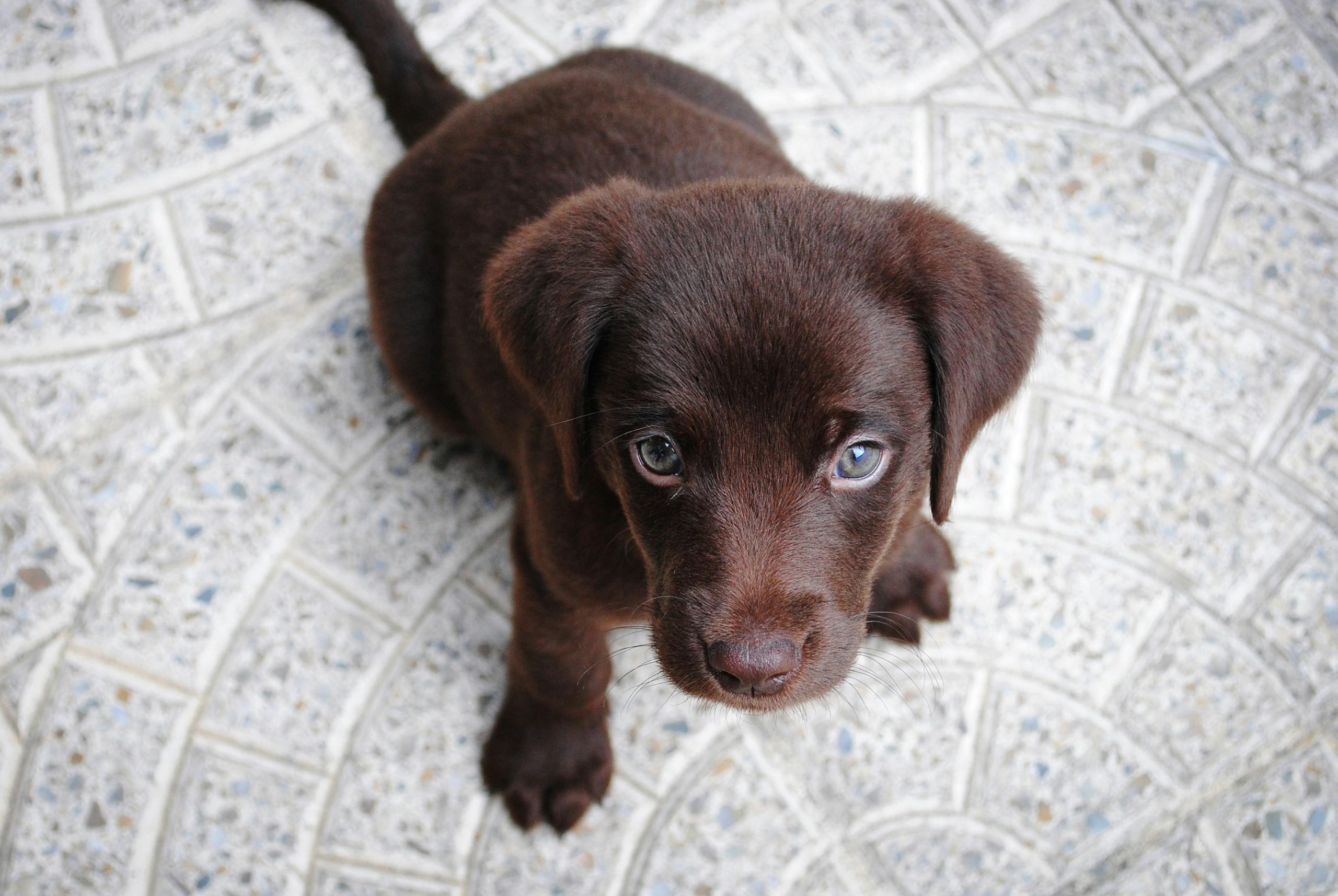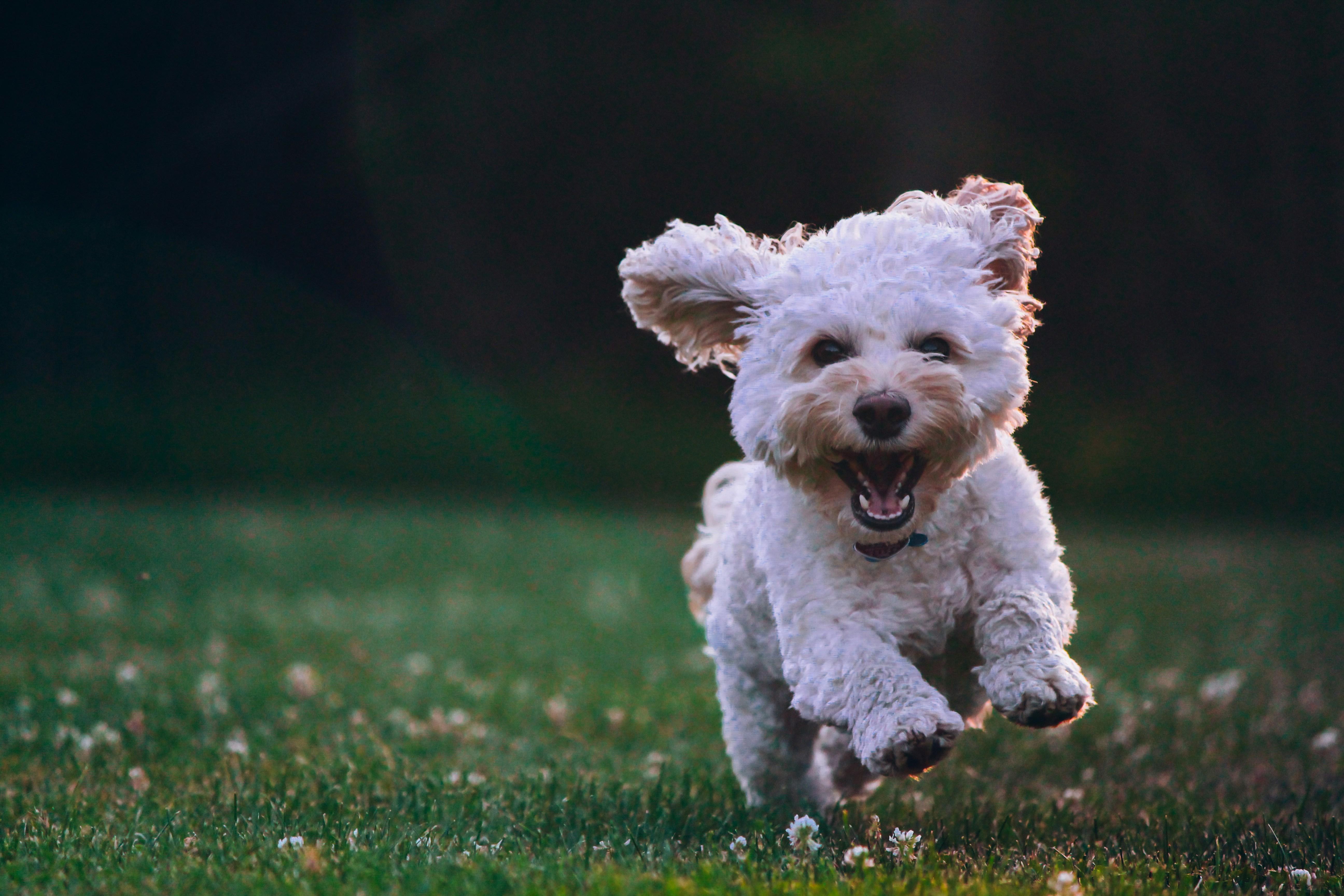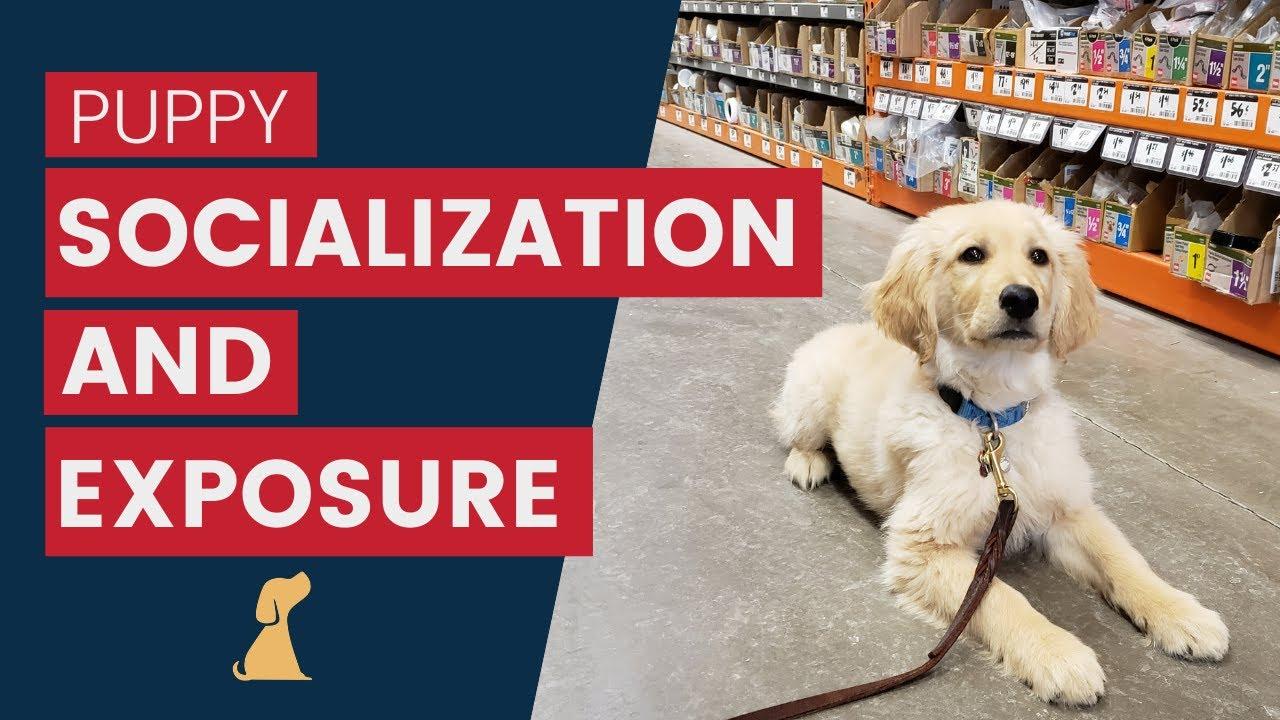Best practices for socializing a puppy to different animals

In the heartwarming journey of welcoming a new puppy into your home, one of the most exciting and crucial chapters is socialization. Picture this: your playful pup, eyes wide with curiosity, wagging tail ready to make friends with the world. As endearing as this image is, successful socialization involves more than just adorable encounters. It’s about nurturing your puppy’s ability to confidently and calmly interact with the diverse tapestry of creatures they will encounter throughout their life. From fellow dogs at the park to the elusive neighborhood cat, and even the occasional backyard squirrel, each interaction shapes your puppy’s perception of the animal kingdom. In this guide, we delve into the best practices for introducing your puppy to a variety of animals, ensuring these early experiences are positive and enriching. Whether you’re a first-time pet parent or a seasoned dog lover, these insights will equip you with the tools to help your puppy grow into a well-adjusted and sociable companion.
Understanding Canine Curiosity: The Foundation of Cross-Species Friendships
At the heart of a puppy’s inquisitive nature lies a remarkable capacity for forming friendships across species. This natural curiosity can be harnessed to create harmonious relationships with other animals. To cultivate this, it’s essential to introduce your puppy to different species gradually and positively. Begin by observing your puppy’s body language, ensuring they remain relaxed and engaged. Short, supervised interactions are key, allowing your puppy to explore and learn without overwhelming them.
- Start with familiar environments: Introduce new animals in a space your puppy knows well, reducing stress and fostering confidence.
- Use positive reinforcement: Reward calm behavior with treats and praise, associating positive experiences with other animals.
- Respect boundaries: Each animal has its comfort level. Give them space and time to adjust at their own pace.
- Diversify experiences: Expose your puppy to various species like cats, rabbits, and birds, ensuring each introduction is safe and controlled.
By understanding and nurturing your puppy’s curiosity, you lay the groundwork for lasting interspecies friendships, enriching their social landscape and yours.

Building Trust: Techniques for Positive First Encounters with Other Animals
In the delicate dance of introducing your puppy to other animals, establishing trust is a cornerstone of positive interactions. A gentle, patient approach can work wonders in fostering a harmonious atmosphere. Start by observing your puppy’s body language and ensuring they are calm and relaxed before any introductions. The key is to create a controlled environment where both parties feel secure and unthreatened. Utilize tools like baby gates or leashes to maintain a safe distance, allowing animals to sniff and observe each other without direct contact initially.
Consider implementing a few techniques to build trust during these first encounters:
- Controlled Exposure: Gradually increase the time and proximity of interactions, rewarding calm behavior with treats or praise.
- Neutral Ground: Introduce animals in a neutral space where neither feels territorial.
- Positive Reinforcement: Encourage positive associations with other animals by rewarding your puppy for calm and friendly behavior.
Remember, patience is key. Each puppy is unique, and some may take longer to adjust than others. By fostering an environment of trust, you lay the groundwork for a lifetime of amicable relationships with other animals.

The Art of Observation: Reading Your Puppys Signals Around Different Species
Understanding your puppy’s body language is a crucial skill when introducing them to various animal companions. Puppies communicate through a combination of physical gestures and vocal cues, and each signal can be interpreted differently depending on the context. For instance, a wagging tail might signify excitement when meeting another dog, but could indicate anxiety or caution when encountering a cat or bird. Key signals to watch for include:
- Ears: Raised ears often mean curiosity, while flattened ears can indicate fear or submission.
- Tail: A high, wagging tail usually shows happiness, whereas a tucked tail suggests fear.
- Posture: A relaxed body posture is a good sign, while a stiff or crouched posture might mean your puppy is feeling threatened.
- Vocalizations: Whining or barking can express excitement or distress, depending on the tone and context.
When introducing your puppy to other species, it’s important to monitor these signals closely. If your puppy appears stressed or aggressive, it may be wise to remove them from the situation and try again later, gradually increasing exposure to the other animal. By honing your observation skills, you’ll be better equipped to facilitate positive interactions and foster a harmonious multi-species household.

Creating a Safe Haven: Ensuring Stress-Free Interactions in Diverse Environments
Introducing your puppy to a variety of animals is a crucial step in their socialization journey. To foster harmonious interactions, start with controlled environments where both your puppy and the other animals feel secure. Observe their body language closely and ensure that initial encounters are brief and positive. Reward your puppy with treats and praise for calm behavior, reinforcing a sense of safety and trust. If possible, arrange for your puppy to meet well-socialized animals who can model appropriate behavior. This will help your puppy learn how to interact respectfully and confidently.
- Gradual Introductions: Begin with animals that are familiar to you, like a neighbor’s cat or a friend’s gentle dog, before moving on to unfamiliar ones.
- Controlled Settings: Use leashes or barriers to maintain control and prevent any potential conflicts during the initial meetings.
- Positive Reinforcement: Reward your puppy with treats and praise for calm behavior to create a positive association with other animals.
- Observe and Adapt: Pay attention to your puppy’s comfort levels and be prepared to adapt your approach if they show signs of stress or fear.



